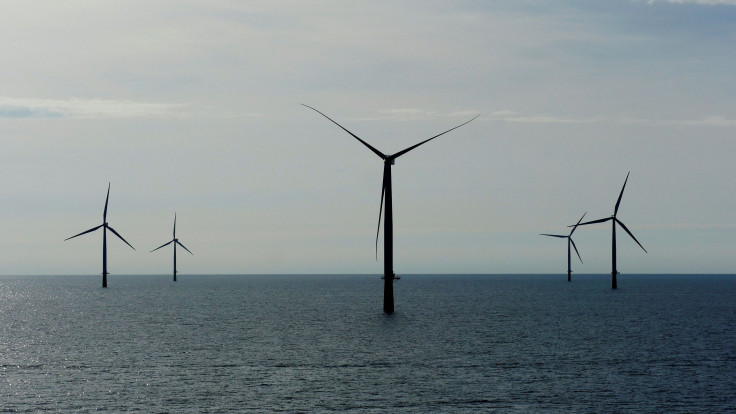Australia can transition to 100 percent renewable power within two decades: analysis

A new analysis by Australian National University researchers has found that Australia can store up to 1,000 times more renewable energy than it could ever possibly need. An engineering professor concluded there are up to 22,000 suitable locations for pumped hydro sites across the country.
ANU engineering professor Andrew Blakers performed a study looking into pumped hydro sites and learned that there are many suitable locations nationwide. He said the nation has the capability to transition to 100 percent renewable power within two decades if storage were built at just a tiny fraction of the suitable places.
"No matter where you are in Australia, you will find a good pumped hydro site not very far away from where you, or your wind or your solar farm is located," the ABC quotes Blakers as saying. He added that the country only needs to build one or two dozen in order to support a 100 percent renewable electricity grid.
Blakers believes the need for pumped hydro storage would grow as investment in renewable sources of energy like wind and solar increases here. "But the other states will catch up and will be at the 50 per cent level by the early 2020s I think, so they also need to start planning with pumped hydro now,” he said.
ANU engineering research fellow Matthew Stocks said that maximum power for between five hours and one full day can be achieved through a typical pumped hydro facility. When needed, the power could be dispatched to the grid quickly, going to full power from zero in about one minute.
This strategy works by pumping water uphill between two connected reservoirs when power is plentiful. The power is then dispatched to the grid when demand is high or when solar and wind do not work.
Pumped hydro is not new. In the 1970s, a facility was opened at the Tumut 3 Power Station at Talbingo in New South Wales.
Pumped hydro is also common in Europe, particularly in the alpine parts of Italy, Germany and France and even in Scandinavian countries such as Norway. The technology is also commonly used in the United States and in Japan.
Environment and Energy Minister Josh Frydenberg has welcomed the analysis in a statement. He said the government was already delivering a "major expansion" of the Snowy Hydro scheme and mentioned about feasibility studies in Tasmania, South Australia and Queensland.
U.S. Department of Energy/YouTube






